Old fashioned magic - possets
- rosemary
- Apr 27, 2024
- 6 min read
"Posset is persistent. It’s patient. It seems archaic and impossible, but it’s also just a boozy custard which is very easy to understand. It’s not trendy; it’s just fun!" Claire Carroll/Jane Austen

'Elizabeth Moxon's Lemon Posset'. Somehow or other I find that title impossibly poetic, quaint, old-fashioned - well very pleasing anyway. It rolls off the tongue. Well it's a Robert Carrier recipe and he is definitely considered old-fashioned these days. And look at his presentation here on one of his cookery cards in my possession. So very retro.
Actually it's not Robert Carrier's recipe anyway but one from the said Elizabeth Moxon, a cookbook author from 1764. The recipe - well a slightly modified version of Robert Carrier's version can be found on a website called Scrumptious South Africa as can the original as digitised on Google Books. The egg whites are beaten with the lemon, white wine and sugar 'In a stone bowl for half and hour'! Below is a sort of collage from the original book as assembled by the lady of Scrumptious South Africa, and her final version of Robert Carrier's recipe. What a difference a glass makes.
I once made Robert Carrier's recipe which can be found in other books of his, but alas I cannot remember whether it was successful or not. I have a vague memory of faint disappointment. But I will not swear to that and might have another go some time.

So what is a posset? Fundamentally just three ingredients - lemons, sugar, cream - sometimes with the addition of wine and/or other flavourings, which ends up as a thickened kind of cream. It's pretty ancient - dating back to medieval times as Felicity Cloake explains when she makes her perfect version:
"A posset was originally a warming drink made from cream thickened with citrus juice or alcohol – luxurious sack posset, flavoured with wine and costly spices such as saffron, for example, was a popular tonic in Shakespeare’s day (and, thanks to its lustful reputation, a mainstay of wedding festivities)." Felicity Cloake
Felicity goes on to explain the evolution of the posset from a drink to a dessert:
"In its earliest form, posset was made from milk curdled with alcohol or citrus juice: sack posset, with Spanish fortified sherry-style wine, was particularly popular in the 15th and 16th centuries. By the mid-18th century, however, the mixture tended to be thickened with ground almonds, crushed biscuits or egg yolks instead. ... These days, however, it's more like a citrussy fool than a frothy drink – though, made entirely with thick, rich cream, it's perhaps equally likely to send you to sleep happy." Felicity Cloake
The magic about a posset is the way the alcohol or the acidic citrus makes the cream curdle and thicken when it's whipped. Thank goodness that these days we have electric whisks to make this process painless.

"Posset, that lemony custard-cup pudding, sounds dreamy and elegant, oozing with nanny qualities. In reality, even the smallest of spoonfuls packs something of a punch and is surprisingly light and refreshing for something with cream at its heart." Nigel Slater
The image above is not Nigel Slater's - it was a little hard to find. No it's pretty classic Meyer lemon posset from our own Maggie Beer on the delicious. website.
I confess I am a little confused with respect to methodology. Some people seem to make a syrup with the citrus and/or wine and sugar, cool it - or not - then whisk in the cream - sometimes with egg whites. Others heat the cream and sugar and then add the citrus and/or wine. Some - like Robert Carrier don't heat anything at all. I even found this, sort of recipe, allegedly from a waiter at the Oberoi on Radha Thomas's website:
“Get a few lemons, some heavy cream and some sugar substitute. Mix it together till it’s delicious. Stick it in the microwave for two minutes, it will bubble. Cool it. Enjoy.”
'Stick it in the microwave - it will bubble'!?
So I searched for interesting variations and found that there weren't many - other than those different methods. Fundamentally the process was sort of the same but done in a different order if you see what I mean. Mostly the only real difference was in what was put on top. These days we put things on top of things don't we? And also interestingly people like Delia did not have a recipe. Yotam Ottolenghi, however had three: Bitter orange posset with hibiscus granita - Seville oranges, I guess, are not your usual citrus choice, and the granita on top would be an interesting contrast I think. His second was just a vaguely Asian version - Kaffir lime posset with fresh papaya, but essentially classic although his last was different in that the creamy part was labneh - Lemon-labneh posset with meringue and burnt lemon. I found this on a website called Hein Stirred who commented that the burnt lemon was basically just too hard - because - well - it was burnt. To Ottolenghi's three I will add one from Benjamina Ebuehi because in a way it's similar to Ottolenghi's approach - Orange posset with poached rhubarb and pink peppercorn crumble.
Then I come to a version from Jamie Oliver Citrus cheesecake possets which actually was the impetus for this post. I came across it the other day when I was looking for Anglo/Indian food in his Jamie's Great Britain book and it stirred a memory of me listing possets in my ideas book. However the recipe was not online and so I started looking to see if somebody had made it and in fact they had, but with no reference to Jamie at all. The website is called Vikalinka and the recipe there is called Lemon vanilla posset and it's almost identical. Jamie's biscuit base is slightly different, and he also suggests using other citrus, but otherwise it's exactly the same. Is this downright plagiarism - her post is dated 2022 and Jamie's book was published in 2011 - or is it just one of those things - two different people having the same idea? Very possible. On the left is the picture from Jamie's book, on the right the Vikalinka version. Even the styling of the photograph is almost identical. You'd have to wonder wouldn't you?
I did find two rather more different variations on the posset theme however - Lemon posset tart from Jane's Patisserie and Lemon posset brulée from A Good Table. I suppose the second is just a variation of the 'put something on top' approach but it looked lovely.
I was just about to sign off when I came across an article by Claire Carroll on the Jane Austen website called Possets or how to learn from your bad haircuts which rather filled me with despair because it was so good and told me everything you might want to know about how dishes evolve over time, and how we adapt and transform these old, old things. Do have a read. Here is a sample paragraph to entice you:
"How has posset lasted this long? Maybe we have the pernicious name to thank; Dupleix is right, it’s so fun to say. Or the relative inoffensiveness of the ingredients, relative to other medieval…delicacies. But while tastes change, maybe cooks don’t. We remember creatively. We want a seat at the table we’d never have been invited to. We love to imagine that being nostalgic through foods make us instant classics. That afternoon tea will grant us scathing wit and help us hold our figures to the greatest advantage. That enjoying Prohibition cocktails will give us flapper chic and jazz verve. That ancient foods will grant us ancient friends and help us feel a little less lonely, pouring over our traditions. That the posset wants us to sing along and get drunk and not get self-conscious about it."
At least I sort of got the attraction of the name right. Nigel mentioned that too.

She refers to Jill Dupleix because she credits her with reviving interest in the posset with her very simple recipe for lemon posset in 2003, and quoted Dupleix as saying that there are:
“some dishes that you want to make just for their names.”
I feel pedestrian today. The Jane Austen article drives this home. I just hope you made it to the end so that you can now read something a whole lot better.
"Luxury drink, miracle cure, chilled custard; possets have morphed over the last five centuries and are still in flux." Jane Austen.co.uk

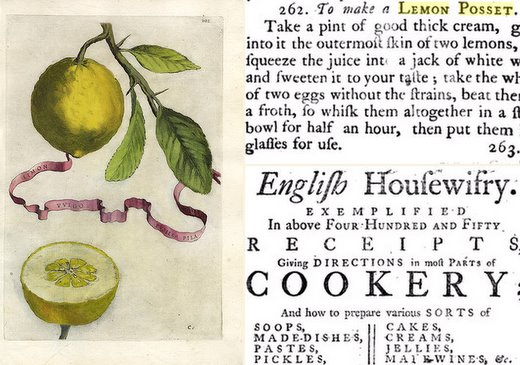


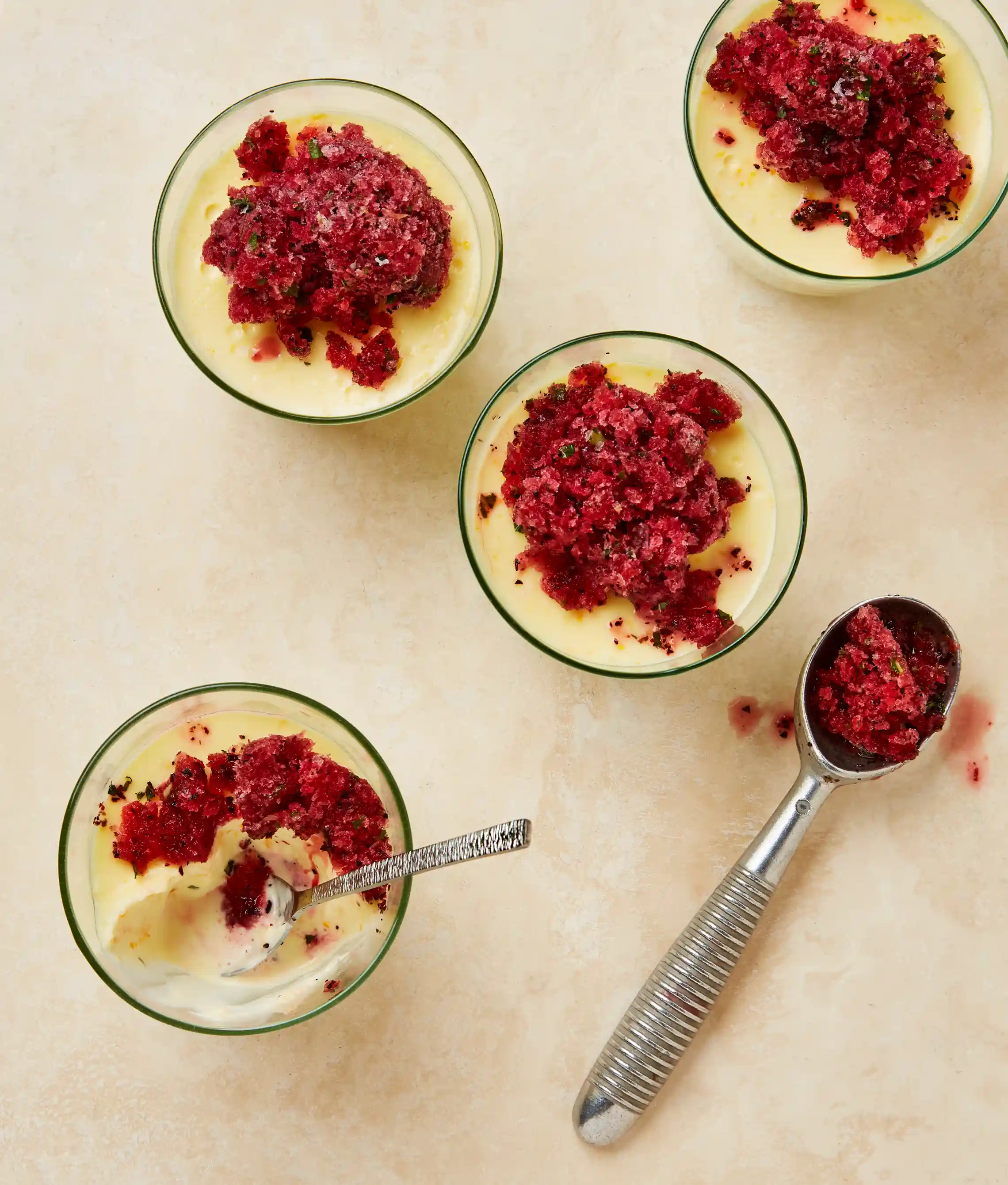
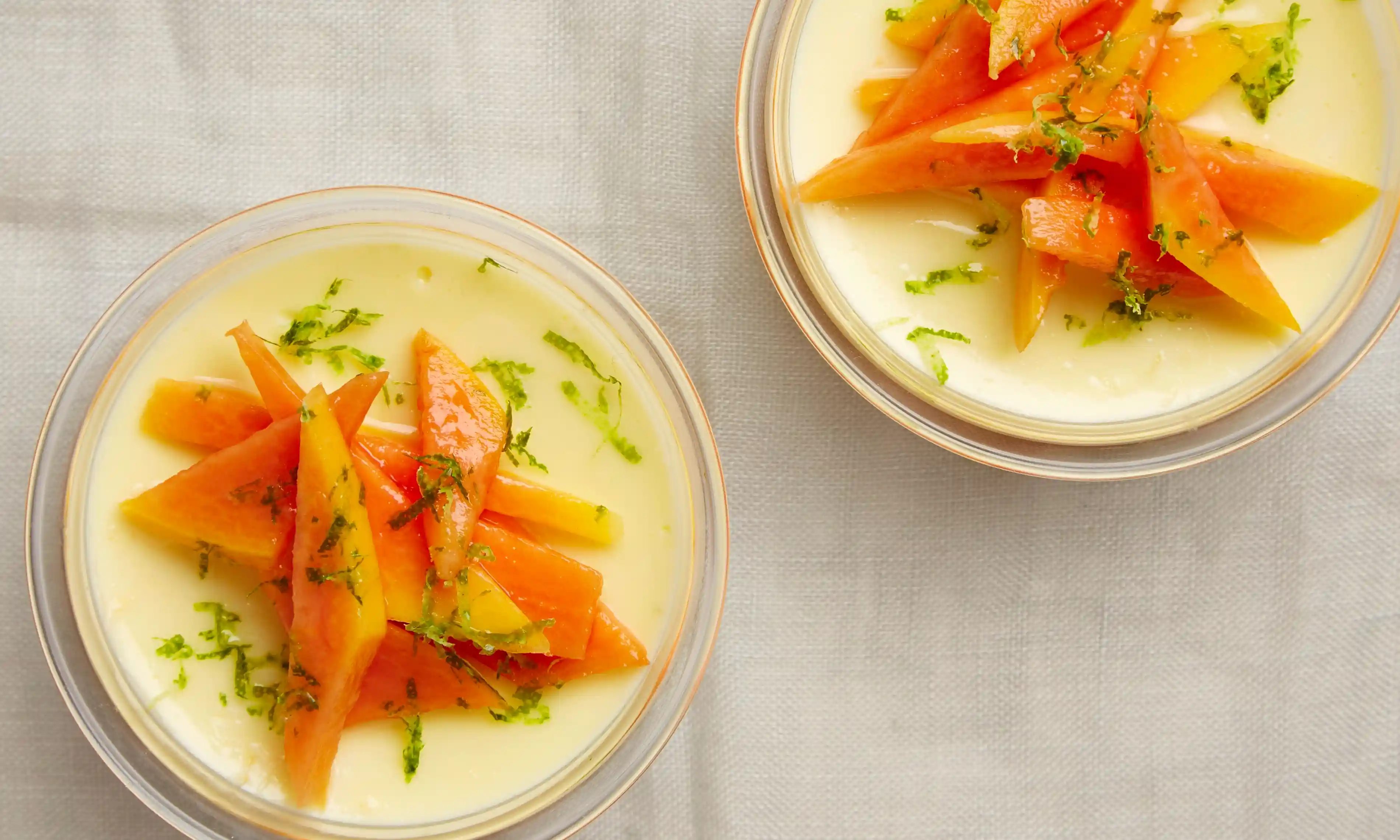


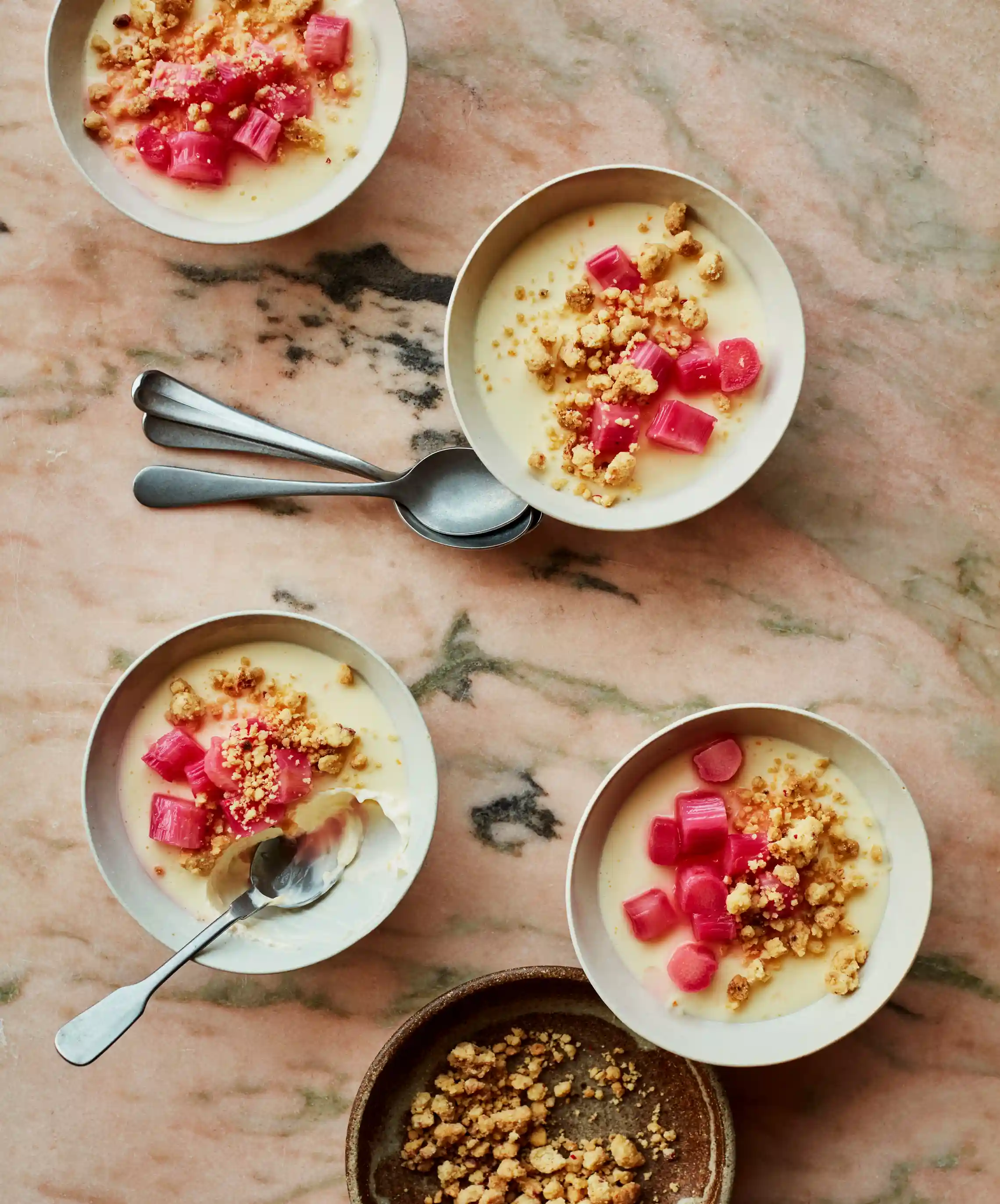






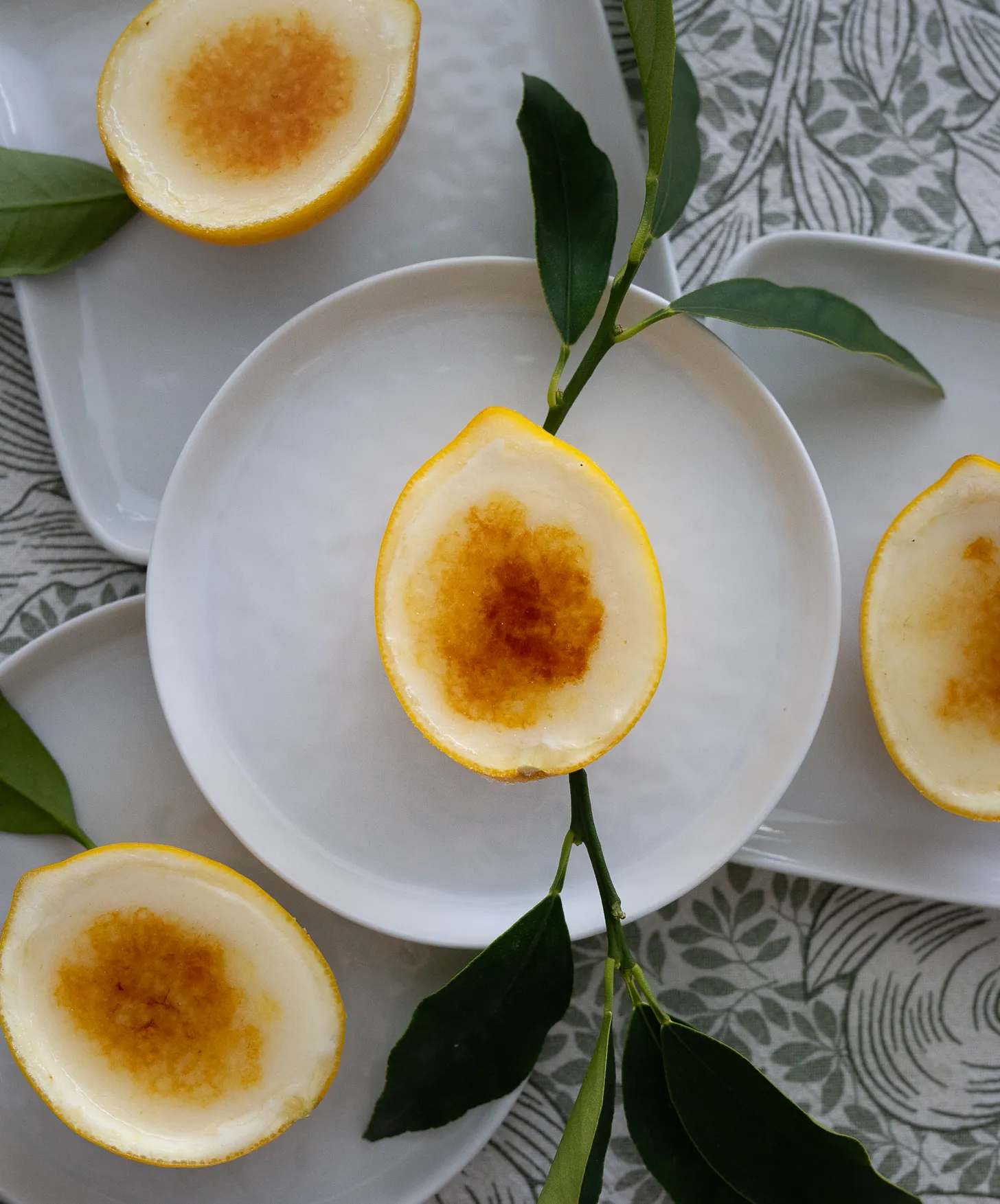



My problem is not knowing how to pronounce Posset. Is the T sounded out or is there a subtle silent T as the French might pronounce the word. Eclectic for sure!